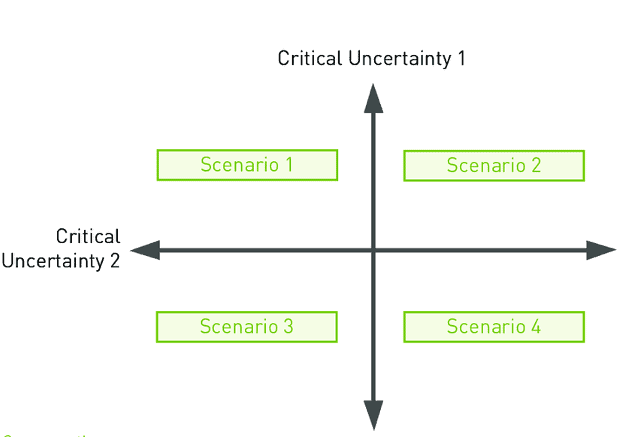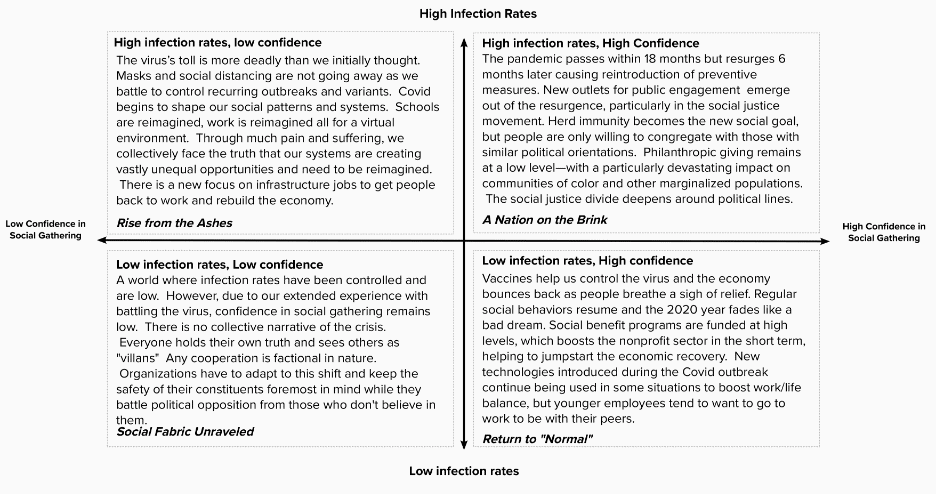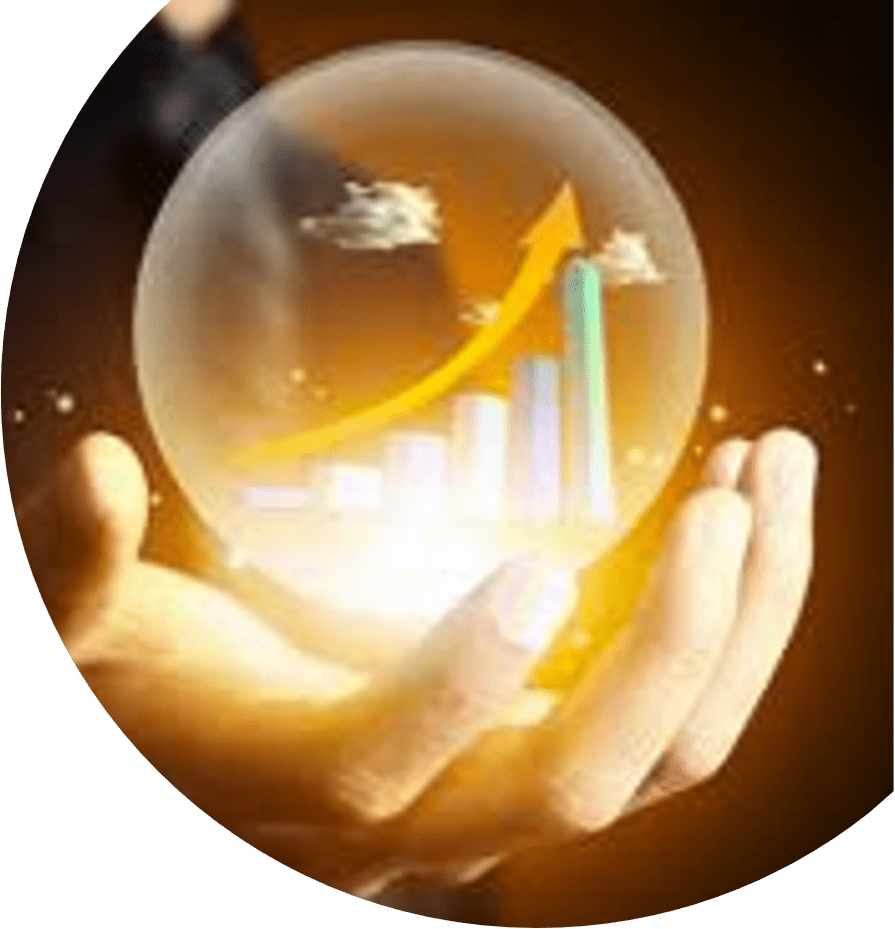By Janice Shapiro
Last year, in a matter of days, our world changed without warning. Within months of the pandemic we found ourselves faced with a new normal, and we had to figure out how to sustain our organizations when everything shut down, how to protect our employees’ jobs where we could, how to address the social justice movement in our organizations and how to manage staff in a remote environment.
What did we do? We changed course. We had no other choice. We moved all of our interactions online. We learned how to run our businesses virtually. And we figured out how to serve our constituents and audiences remotely. We did not choose this change; it chose us. But we adapted, we survived, and in many ways, we thrived.
How Scenario Planning Can Help
Now, we find ourselves confronting the reopening of our offices, the deep systemic changes needed to address equity in the world, the mental health of our employees and how to keep our constituents safe and their needs addressed. Scenario planning is an agile strategy development process designed to help you adapt quickly to changing circumstances. It allows leaders to plan for the long-term in a highly changing environment.
Scenario planning became very popular in the last year, but it has always been a necessary practice; even under more normal circumstances, organizations are enduring exponential change. Every leader could use a set of tools for considering possible futures and planning accordingly.
The Scenario Planning Cycle
Scenario planning is not a prediction of how the future will unfold; rather, it is the act of thoughtfully engaging in plausible and provocative ideas of how it might unfold.
First, determine the focus of your plan
You may be looking at a specific issue like evaluating a possible merger. Or you could be thinking more broadly about the key factors influencing your organization’s achievement of its mission in the coming years. Either way, scenario planning is most powerful when you start by honing a specific issue your organization is facing such as:
- How can we incorporate diversity, equity, and inclusion into all facets of the organization?
- How should we handle reopening in-person services in the wake of COVID?
Then, identify the driving forces shaping how you operate
What are the factors outside of your organization that you cannot control but that might exert influence over how you have to operate? These external forces include environmental factors, political climate, economic environment, technological factors, and social trends.
During this stage, we advise organizations to solicit feedback from multiple stakeholders including your Board of Directors, staff, and individuals you serve – by asking them the simple question: “From your perspective, what do you see as the driving forces in our society that will most influence all of us going forward?” Moving outside of your typical circle can uncover blind spots. For example, ask funders and competitor organizations to inform your driving forces, too.
Then select the two most critical uncertainties
After you compile a robust list of external factors, rank the items using two questions:
- Which forces are the most critical to the organization, standing to exert a high level of influence on how we need to operate?
- Which forces are the most uncertain, requiring a greater amount of preparation for what might happen?
Depending on your organization’s structure and your relationship with stakeholders, it may make sense to engage one group of stakeholders in determining the full list of driving forces and another in choosing the priority uncertainties.
Then, craft scenarios
This is where the process gets interesting. Use a two-by-two matrix, with each axis representing one of the uncertainties. You can think of the axes in terms of a lesser-to-greater degree for each uncertainty.

For example, you might use the rate of infections (low to high) or the strength of the economy (recession to strong). Use this matrix to identify what the world looks like in each of these scenarios. In some senses, by virtue of having the low-to-high axes, these scenarios are extreme portraits of the world in various states.
Here’s an example of a matrix we put together to address the rate of infections and the confidence level in social gathering.

Now, iteratively design your strategy
Now you want to anticipate how to pivot your organization to respond to each of these four possible futures. This includes determining how needs for services will change, new or unique offerings to further strategic focus, and new capacities needed, among other considerations. We literally advise you to create four possible strategies that speak to how you will adapt to each of the four possible futures.
While requiring thoughtfulness and intentionality, this step is not meant to take a long time. If you can get the right people to participate, you can work through strategy design in a matter of weeks. We have created a strategy development template to help guide you through this process.
Monitor market indicators
When is it time to redo your strategy, given new information? This is what monitoring indicators entails. For example, how do new CDC guidelines affect policies? Keep your eye out for evolving external forces that seem more lasting and have significant enough implications that you might want to shift your strategy. And it is quite possible you could spend six months monitoring the environment and iteratively adapting your strategies for each scenario until things become clearer and steadier.
When the world changes, we must change with it
Scenario planning is a great tool to help you navigate uncertainty when you do not have time or enough information to craft a traditional strategic plan. It is a quicker process and allows you to implement ideas early, so it is more agile. And it forces your organization to remove its blinders and be thoughtful when planning for the long-term.
PENN Creative Strategy built a strategy template to help you design strategies that can be adapted as the future unfolds. This template reflects the philosophy that strategy in scenario planning is an adaptive, agile process; you must continue to iterate your organization’s strategy as the environment begins to unfold and the future becomes more certain.

